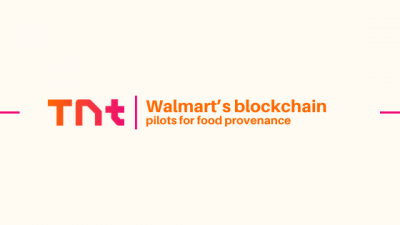If you think your business is secure because you have good software and strong firewalls, you are not alone. Many people believe the same thing. Yet, the truth is often very different. Technology alone does not stop every attack. The real weak point is usually the people inside a business. Hackers know this, and that is exactly why they focus on human behavior.
The Social Side of Modern Hacking
Because attackers understand psychology, they now send messages that feel urgent and personal. Instead of poorly written scams, you might see an email that looks like it comes from your boss, a fake invoice that copies your supplier, or a friendly request for a quick favor. Even skilled workers fall for these tricks because our natural instinct is to help or to avoid getting into trouble.
As a result, breaches happen quietly and quickly. And this is why connecting training with technology is the first step to building a strong defense. Teach employees to pause, verify, and question unusual requests. This creates a human firewall that works alongside your software.
Ransomware-as-a-Service and the Dark Franchise
Because crime also adapts, ransomware has turned into a full criminal business. Skilled coders now build the tools and then rent them to others through what is called Ransomware-as-a-Service, or RaaS. This is like a dark franchise model. It allows less technical criminals to launch big attacks without writing any code themselves.
These groups also steal sensitive files before they encrypt anything. If you refuse to pay, they threaten to leak your information. Some even launch DDoS attacks or contact customers directly. This is why companies now need offline backups and a clear response plan. Both steps reduce the power of this new double and triple extortion model.
Remote Management Tools and Mobile Gateways
You know how careful you are with your house keys? The same care should apply to Remote Monitoring and Management tools, which IT teams use to control systems from a distance. Always give admin rights only to people who truly need them. Use strong, unique passwords and switch on two-factor authentication for extra protection. Hackers increasingly target these legitimate tools because they can hide their activity behind them.
At the same time, smartphones have become the main work device for many professionals. This shift creates a new gateway for attacks. Before you connect a phone to company resources, install reputable mobile threat defense tools. Choose vendors who update their detection systems regularly. Combine that with VPN encryption on public Wi-Fi, and you gain an extra layer of safety.
No Business Is Truly Safe
Because hackers follow the money, even industries you might not expect are spending heavily on cybersecurity. Hospitals, schools, and charities all hold valuable data and are frequent targets.
Online gaming entertainment platforms are also at risk. For example, leading real money casino game providers handle large amounts of money every minute. This makes them attractive to attackers, which is why the best platforms invest millions in SSL, TLS, multi-factor authentication, and DDoS protection.
Smaller businesses are not immune either. Breach reports show small firms listed alongside major corporations. The lesson is simple: attackers look for easy entry points, not just famous names.
Building a Culture of Protection is What is Needed
Because of these realities, security cannot sit only with IT. It must be part of the culture of your entire company. Train every employee to recognize modern attacks. Encourage staff to slow down, verify messages, and report anything that looks suspicious. When leadership models good security habits, people will definitely follow.
Combine this awareness with strong technology: backups, encryption, and limited access rights, and you create a much stronger defense. This balanced approach reduces both the chance of a breach and the impact if one occurs.
The Takeaway
If you remember only one thing, let it be this: attackers know that humans are the real entry point. By building habits of caution and combining them with smart technical defenses, you make your business far harder to hack. In today’s environment, no organization can afford to assume it is safe. Security must be active, ongoing, and shared by everyone.
Information contained on this page is provided by an independent third-party content provider. Binary News Network and this Site make no warranties or representations in connection therewith. If you are affiliated with this page and would like it removed please contact [email protected]



Comments